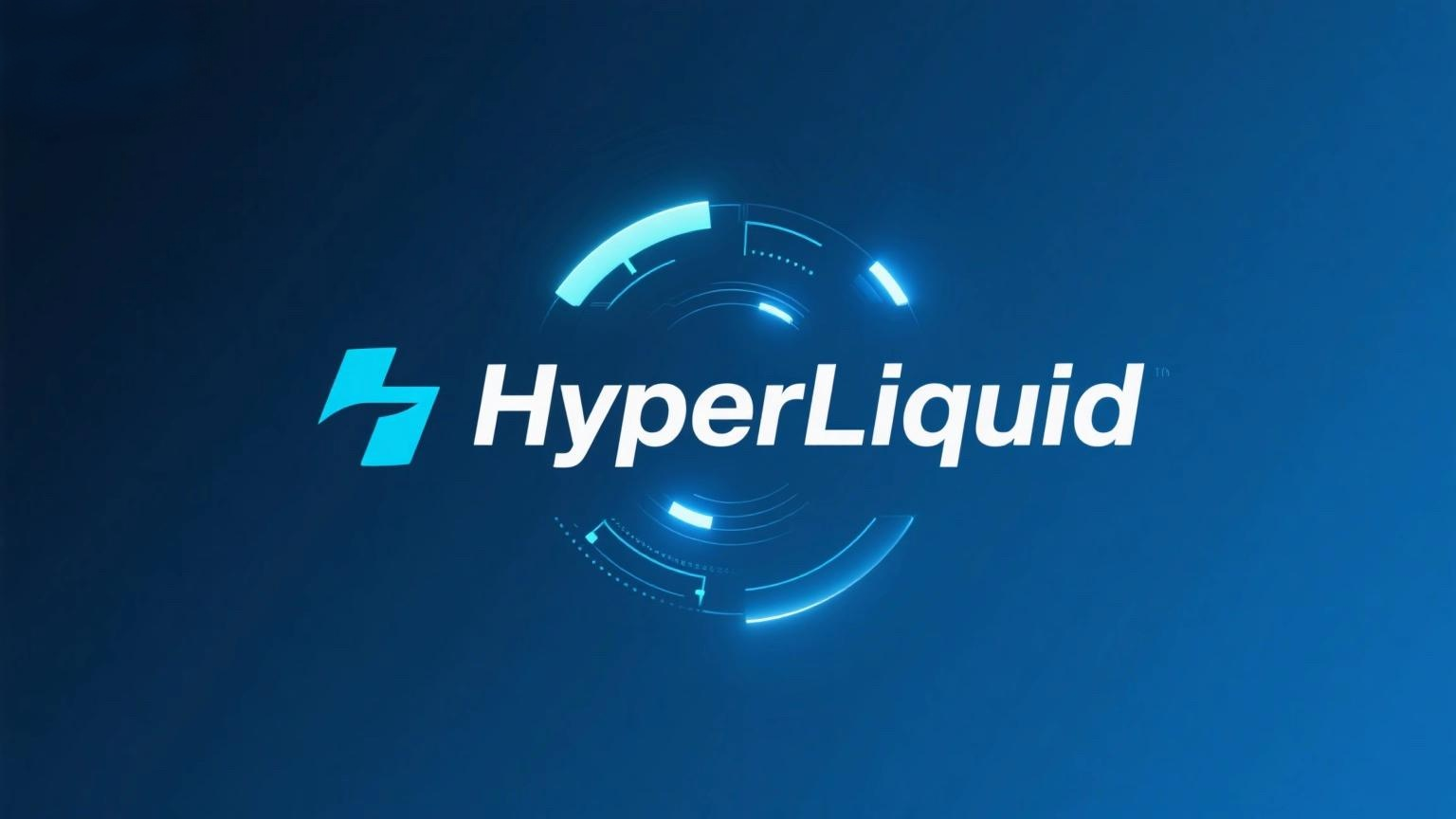
According to recent media reports and data from DeFiLlama, the Hyperliquid protocol generated approximately $95.63 million in revenue over the past 30 days, with an annualized revenue projected to reach $1.147 billion. With a team of just 11 people, the per capita annual revenue exceeds $100 million, making it one of the "companies with the highest per capita revenue in the world" as reported by foreign media.
In the crypto industry, Hyperliquid’s story is remarkable for catching up with and even surpassing established decentralized perpetual trading protocols in such a short time.
What is Hyperliquid? A "CEX Disguised as a DEX"
Hyperliquid’s growth has been astounding. Since its launch in 2023, it has barely spent on significant marketing budgets nor relied on endorsements from well-known venture capital firms. Instead, it has attracted a large user base through word-of-mouth and product experience, with trading volume quickly rising to rival that of centralized exchanges.
In a recent interview, founder Jeff mentioned that the team chose to reject venture capital from the start, insisting on self-funding and focusing on product and technology development with a minimal team. He believes this minimalist approach has allowed the project to maintain true independence and community attributes, avoiding the need to cater to the short-term interests of capital while giving users a greater sense of participation and trust.
Technologically, Hyperliquid differs fundamentally from most DeFi protocols on the market. It is not built on public chains like Ethereum or Cosmos but developed from scratch a high-performance chain, Hyperliquid Chain, specifically designed for derivatives trading. This public chain uses the Tendermint consensus mechanism. It is deeply optimized for matching and liquidation, with fast block confirmation and high throughput, meeting the needs of high-frequency matching and supporting professional traders’ high-frequency operations.
Hyperliquid has also fully migrated the order book model commonly used in centralized exchanges to the chain. Users’ order placements, cancellations, and matches are written to the blockchain in real time, preserving the liquidity and depth of centralized exchanges while ensuring transparency and verifiability.
To ensure fund safety and system stability, Hyperliquid designed an on-chain margin and liquidation mechanism that monitors users’ leverage levels in real time. If risks become too high, liquidation is triggered immediately. This logic is highly similar to centralized platforms like Binance and OKX but is executed entirely openly through on-chain contracts. When explaining the product philosophy, Jeff stated, "We want Hyperliquid’s trading experience to be as smooth as the best centralized exchanges, while remaining fully decentralized, transparent, and censorship-resistant."
If Hyperliquid’s early highlight was perpetual contract trading, its long-term ambition is to become an open ecosystem. Through the HIP upgrade proposal, Hyperliquid plans to gradually introduce a governance token, an on-chain stablecoin (hUSD), and eventually open as a full Layer1, allowing developers to deploy applications such as lending, asset issuance, and more derivatives on its chain. This means Hyperliquid is evolving from a "single product (perpetual contracts)" to a "full-stack DeFi infrastructure."
Why Has It Surpassed Established Perpetual Exchanges Like dYdX?
Since the end of 2024, Hyperliquid’s perpetual contract trading volume and revenue have comprehensively surpassed dYdX, capturing over 70% of the DeFi derivatives market share. Why has Hyperliquid become the highest-revenue DeFi protocol in such a short time, surpassing well-known competitors like dYdX and GMX?
First, user experience is key. For a long time, the biggest pain points of decentralized exchanges have been insufficient speed and depth. While GMX’s AMM model is simple, it suffers from significant slippage in large trades, making it difficult to meet the needs of professional traders. Although dYdX uses an order book, it is constrained by the performance of general-purpose chains, and its transaction response speed has always lagged behind centralized exchanges.
Hyperliquid runs an on-chain order book directly on its self-developed chain, combining "performance" and "transparency" to achieve a fluency close to that of centralized exchanges for the first time. This difference in experience has made it quickly popular among traders.
Second, Hyperliquid’s strategy and culture differ from its competitors. dYdX is a star project heavily backed by venture capital, and from product iteration to token economic design, it inevitably bears traces of capital orientation. Hyperliquid, however, insists on no venture capital and no support from centralized exchanges, focusing more on organic community growth. For users, this "purity" has become a new foundation of trust.
More importantly, Hyperliquid uses technology and mechanisms to minimize bad debt risks. The on-chain margin and liquidation mechanisms reduce systemic risks, encouraging large capital users to migrate. As trading volume continues to grow, Hyperliquid’s revenue naturally rises.
Today, Hyperliquid’s perpetual contract trading volume and revenue have surpassed dYdX, capturing the majority share of the decentralized derivatives market.
Although Hyperliquid has shown impressive growth momentum, it is not without concerns. First, regulatory risks always loom over the decentralized derivatives market. High leverage and perpetual contracts are inherently sensitive, and if countries introduce stricter regulatory policies for DeFi derivatives in the future, Hyperliquid could be affected.
Second, over-reliance on a small team is a double-edged sword. While the minimalist structure of 11 people brings efficiency and purity, it also means insufficient manpower to simultaneously handle multiple fronts such as security, compliance, and ecosystem expansion. Once technical vulnerabilities or hacker attacks occur, the team’s ability to respond will face severe tests.
















